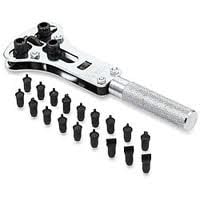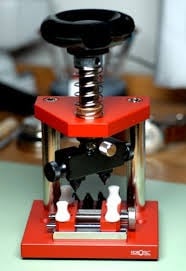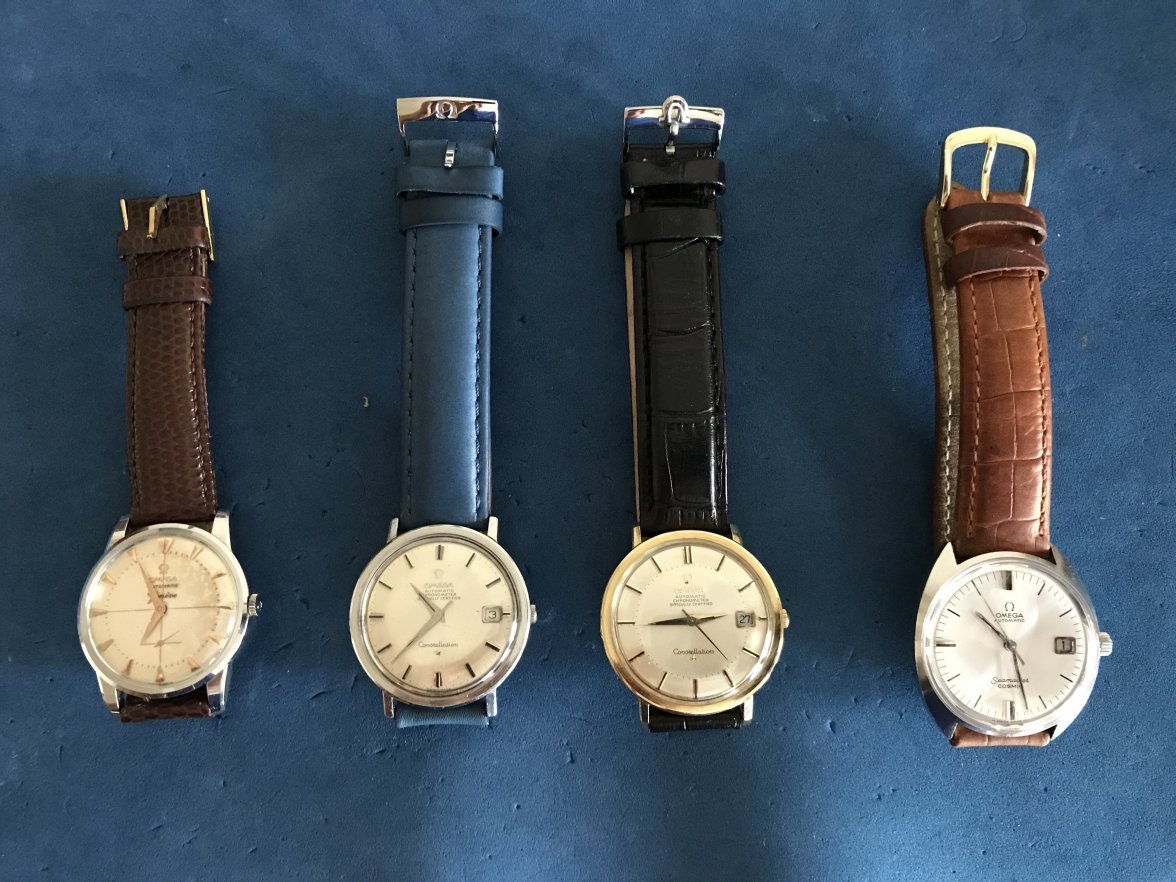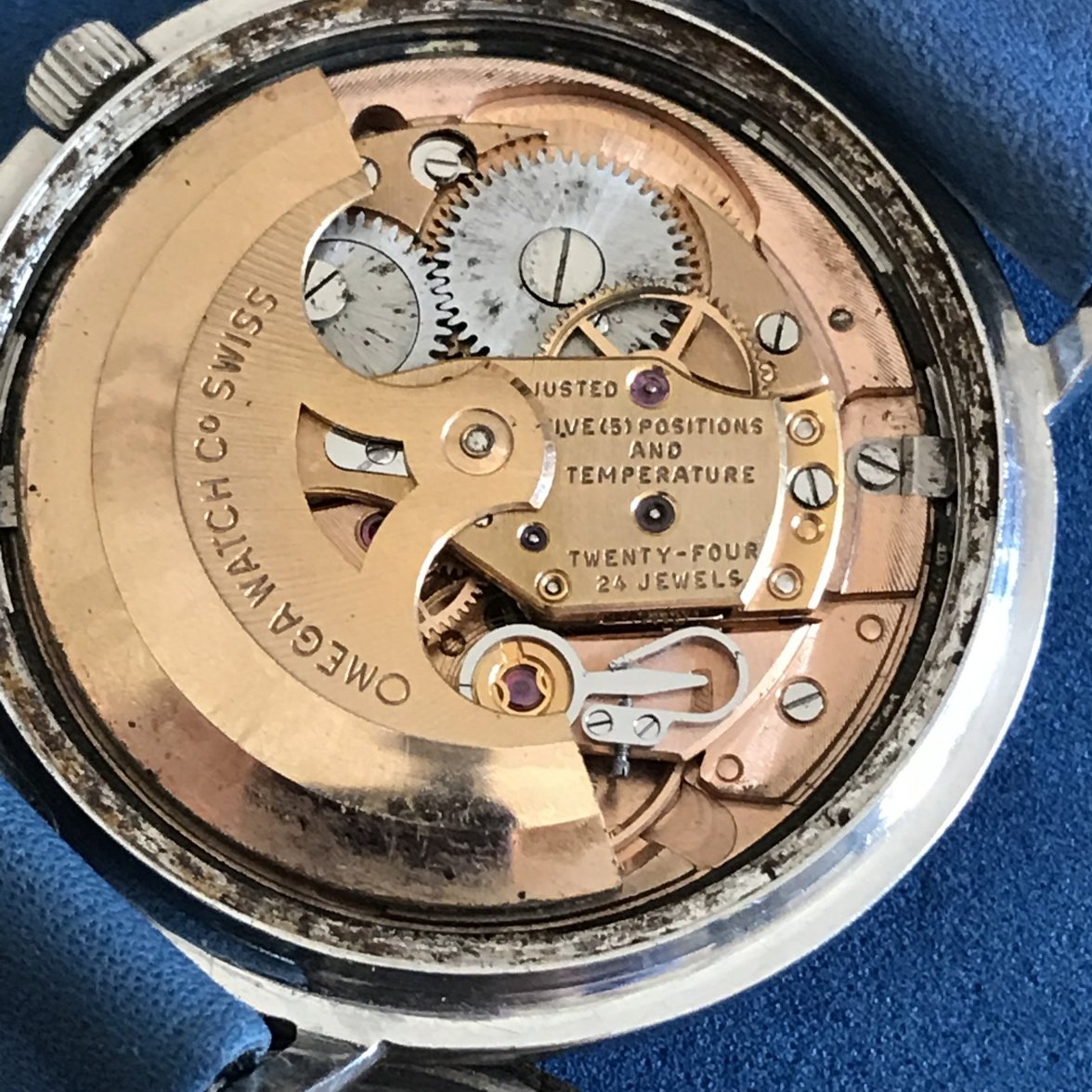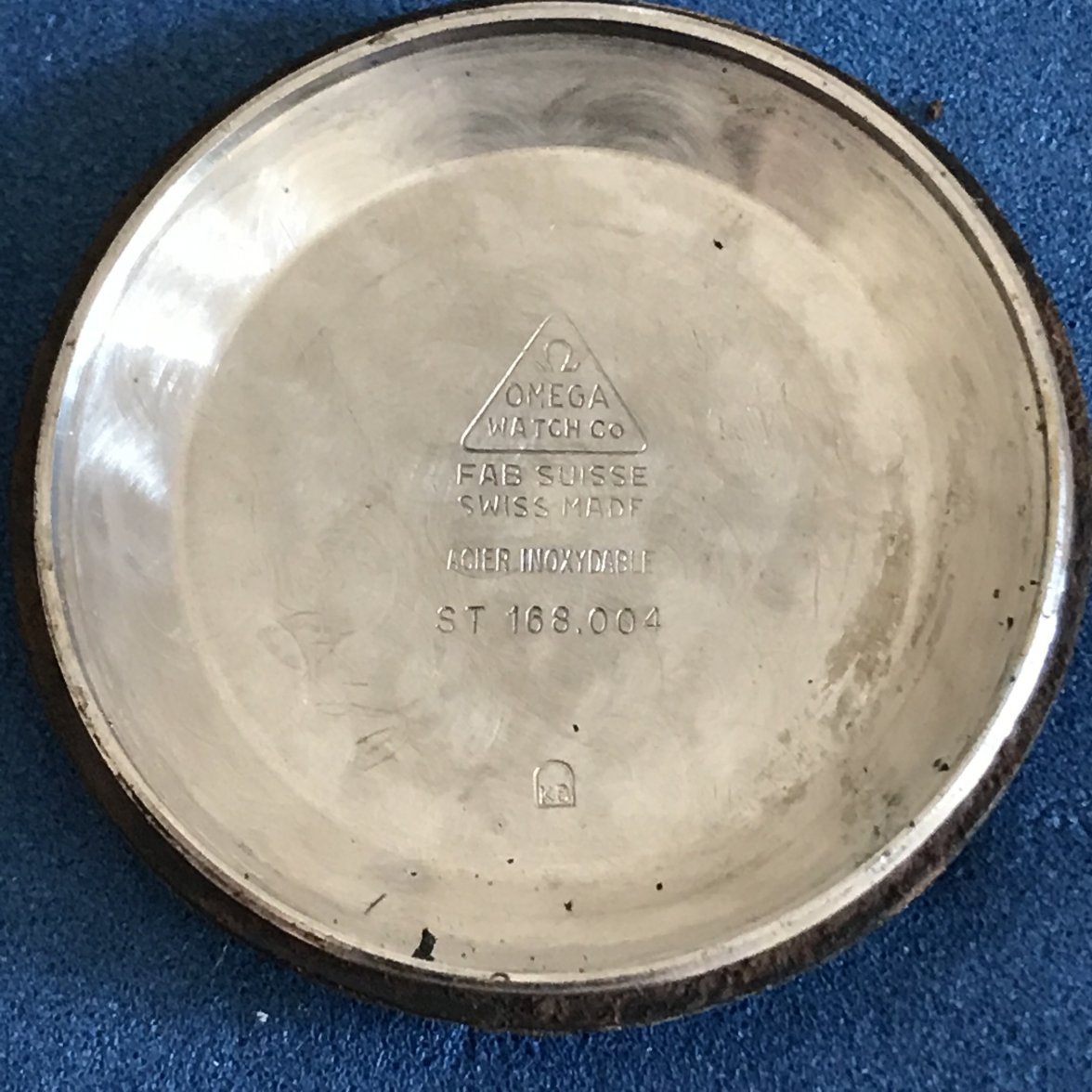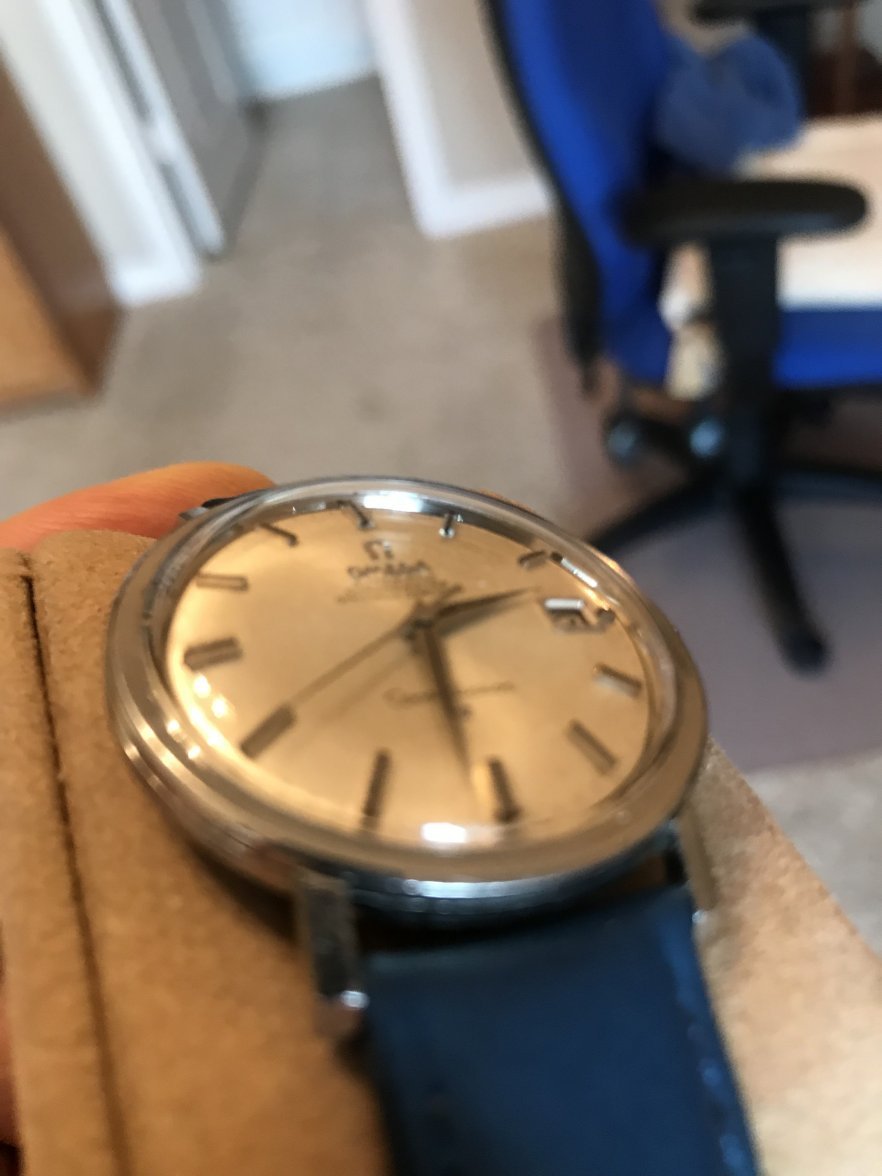This is the best way to get a quick answer (almost immediately), and well within the return period of your watch.
With respect to opening the caseback, something that hasn't been mentioned here is that if you choose to open it, the seller is within his rights to decline the return. For many of the reasons Archer articulated above, opening a watch is an invasive operation which is done improperly, can subject both the case exterior, and movement internals, to damage. If you have a newer Speedy, you'll find either a small red dot, or small blue dot on the caseback indicating its original factory or service center seal. While these wear away over time, if yours is presently intact, it won't be after you open it which also would also be an indication to the seller that the caseback was opened. Finally, a critical check to make after reclosing the caseback is the water resistance of the watch: a simple speck of dust, or o-ring not seating properly during sealing can result in your watch not sealing, meaning that if you expose it to water, you will damage the movement, quickly and irreversibly. Checking the water resistance safely and effectively requires a dry (pressure) tester, and prices for those cost more than a Speedmaster does.
All this said, it's certainly not impossible to open your watch caseback, and many enthusiasts start out by purchasing a watch, and then over time learning about it, then doing small things such as changing straps and resizing bracelets, before progressing on to opening and even in some instances, adjusting or even servicing their own watches. You'll also find lots of helpful advice on this and other forums along the way from members.
For today, my thoughts for you are that if your objective is making sure you've bought a genuine article, a few pictures posted to here should get you some quick answers. If you are interested in seeing the internals, one thing that is a very sound practice to do when making a purchase is to have your watch serviced. This involves a complete disassembly, ultrasonic parts cleaning, thorough inspection and repair/replacement of any worn or damaged parts, reassembly, and checkout of the watch. Along the way, your watchmaker can take many photos for you if you ask, so you'll be able to get the internals of your watch (including serial number) thoroughly documented. A service is very important because in every case of mine where I purchased a used watch, my watchmaker identified worn parts and old, gummed up lubricant. Had I continued wearing my watch as-is, over time, the remaining parts would have worn a lot quicker and resulted in a much more costly repair down the line.
best regards,
Mark
